Popular Lacrosse Heads
See more Popular Lacrosse Heads
Maverik Tactik 3.0
54 Available

STX Stallion 1K
55 Available
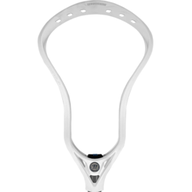
Warrior Evo Qx-O
74 Available

ECD Lacrosse Ion
166 Available

Maverik Optik 3.0
106 Available
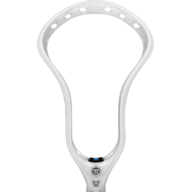
Warrior EVO QX2-O
23 Available
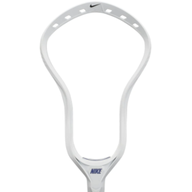
Nike L3
47 Available
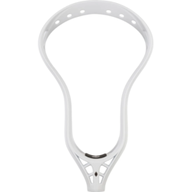
StringKing Mark 2V
90 Available

STX Surgeon 1K
51 Available

ECD Lacrosse Mirage 2.0
100 Available
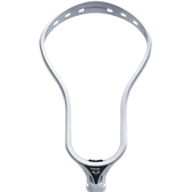
ECD Lacrosse DNA 2.0
44 Available
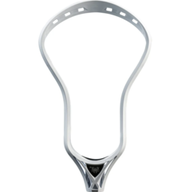
ECD Lacrosse Rebel
83 Available

Maverik Kinetik 2.0
85 Available
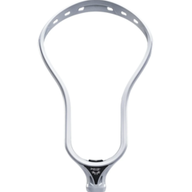
ECD Lacrosse DNA
43 Available
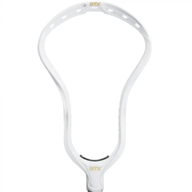
STX Stallion 900
56 Available

STX Ultra Power
37 Available

Gait GC3
23 Available

Warrior Evo 5
34 Available

Maverik Tactik 2.0
91 Available
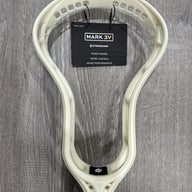
StringKing Mark 3v
32 Available

STX Surgeon 900
44 Available

Maverik Kinetik 3.0
57 Available

Under Armour Command
78 Available

StringKing Mark 2A
72 Available
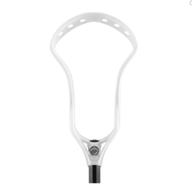
Maverik Kinetik
64 Available
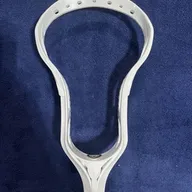
Adrenaline Automatic
16 Available

STX Stallion
33 Available
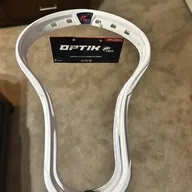
Maverik Optik Force
34 Available

STX Stallion 700
42 Available
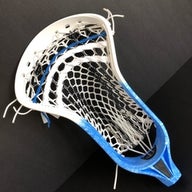
Epoch Z-ONE
40 Available

True Hzrdus
31 Available
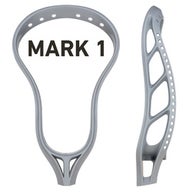
StringKing Mark 1
30 Available

Maverik Optik
33 Available
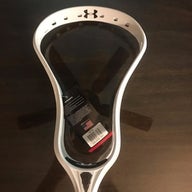
Under Armour Command Low
37 Available

Maverik Optik 2.0
38 Available

Nike Lakota
28 Available
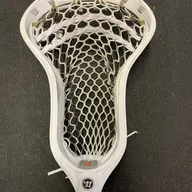
Warrior Burn XP-O
16 Available
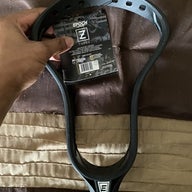
Epoch Z-Three
26 Available
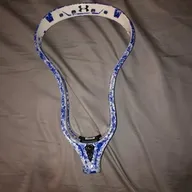
Under Armour Command 2
47 Available
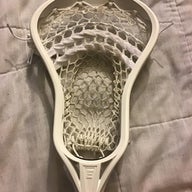
Epoch iD Vision
22 Available
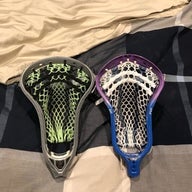
STX Surgeon 700
22 Available

STX Super Power
30 Available
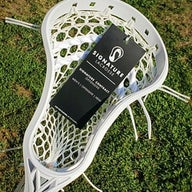
Signature Contract Offense
21 Available

Warrior Burn
27 Available

Other Generic
26 Available

Nike Lakota U
23 Available
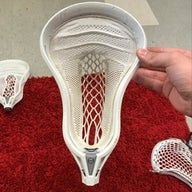
Warrior Evo Warp Pro
31 Available
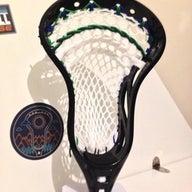
Other Turtle Dome
10 Available
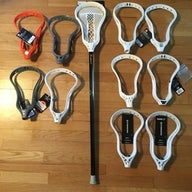
Warrior Burn Warp Pro
13 Available

STX AV8
25 Available
Shop by Brand
MaverikSTXECD LacrosseWarriorNikeBrineEpochGaitTrueHEADAdrenalinedeBeerAdidasHarrowCascadeEastonReebokTribe7
1,833 Results

ConnorZ21
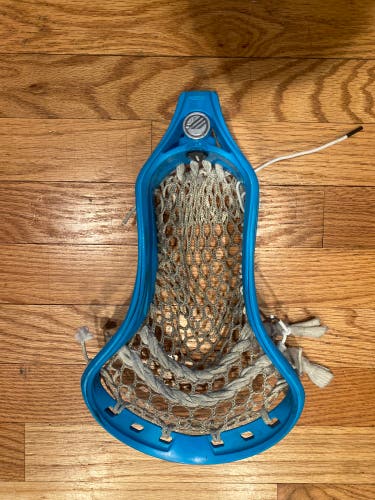
rbognet

Sportfan4

Benaround

Lucky10Lacrosse

Benaround

DelvisL

burnedbylax

burnedbylax

laxhero5

Jdjdydhe
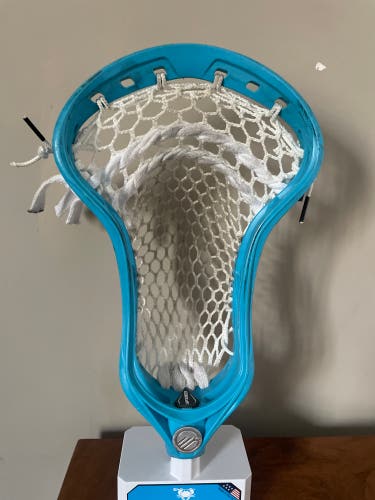
wcrow16
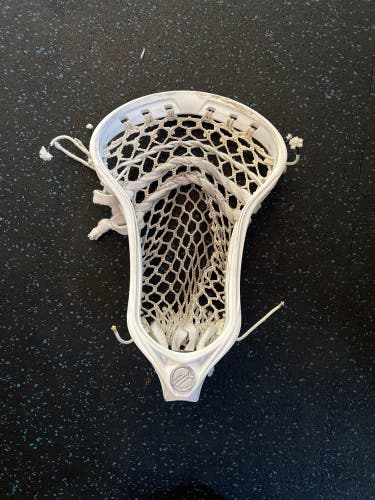
raider03
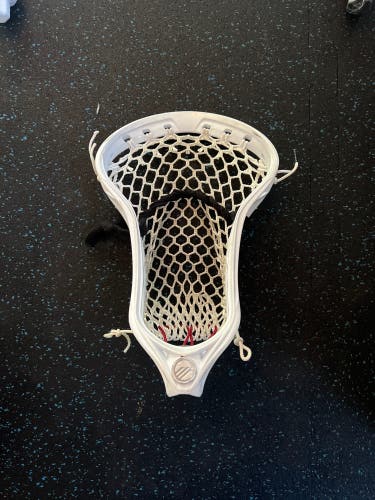
raider03
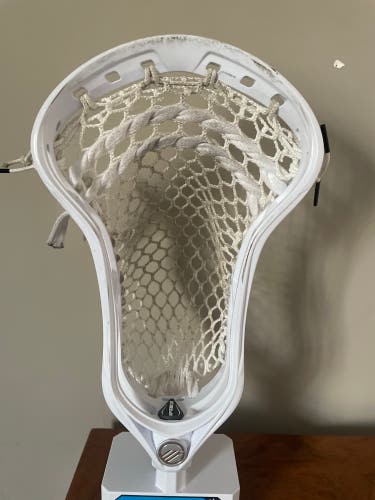
wcrow16

Brayden192
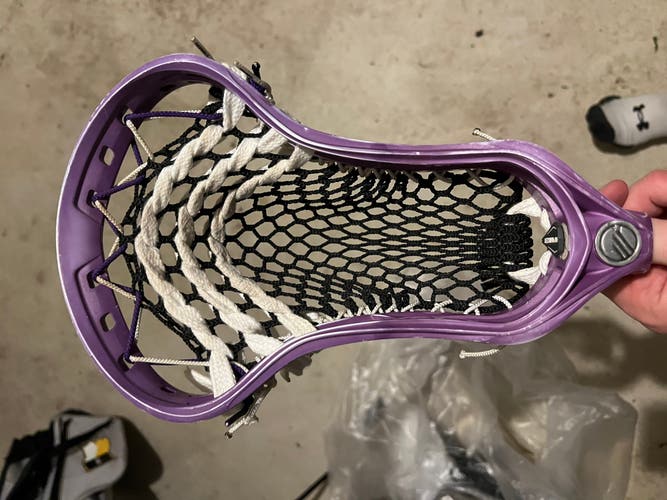
sure_shot_strin

MMhg
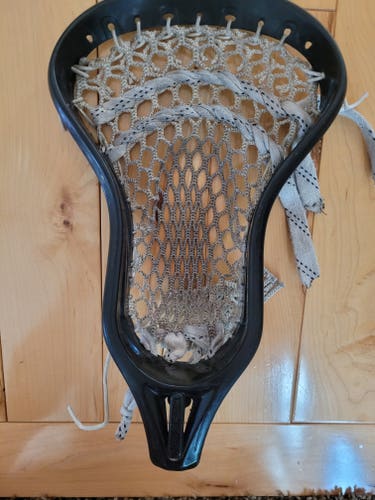
sapedri
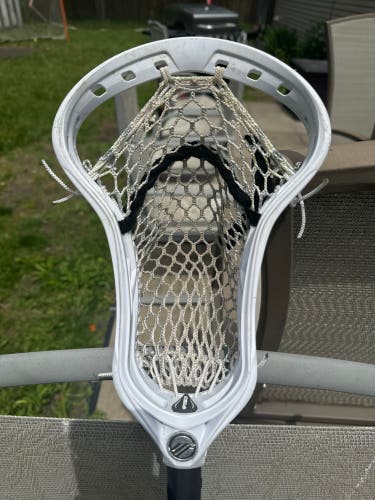
Ncook35

Maruyama08
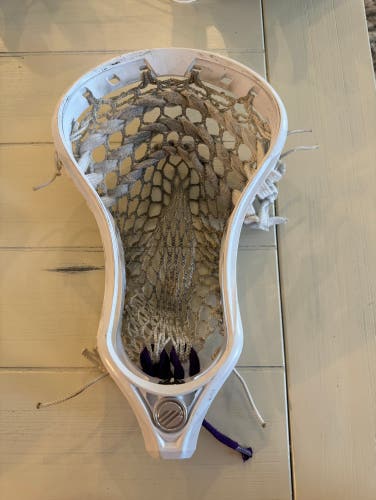
JarredMeehan
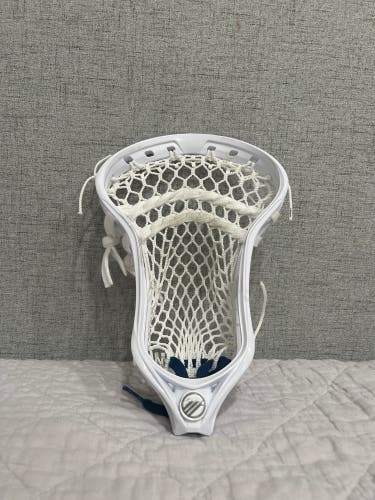
kwinkoff

xmona37

ColtonTheGoalie

RileyH1617
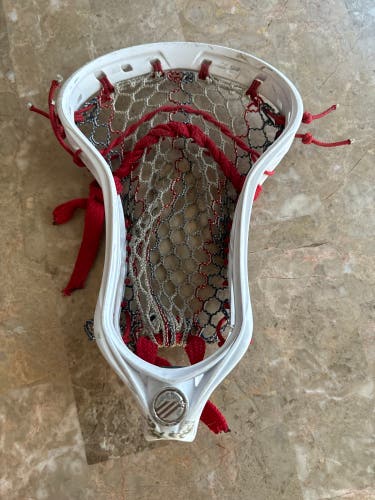
Tyman123

fgruner818

JMon20
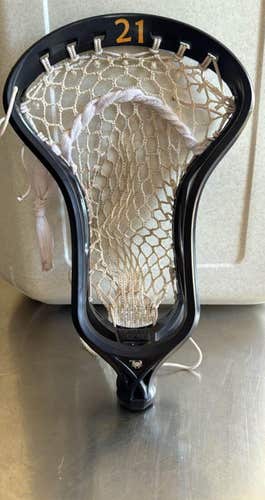
Giovannibott
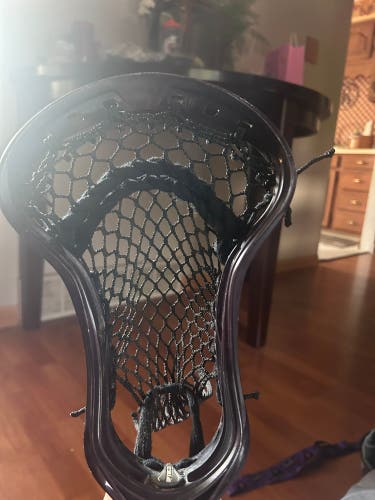
Jdfkfkvubuubj

